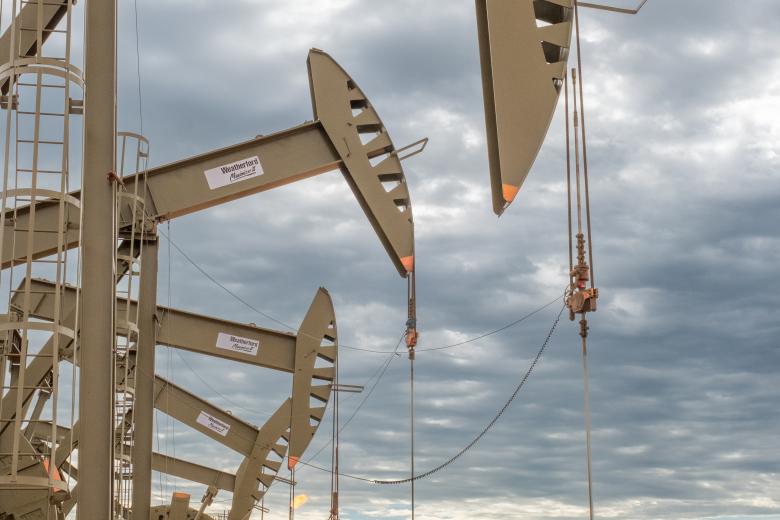With input from Reuters, Bloomberg, the Guardian, the Financial Times, and the New York Times.
China’s economy lost a bit of steam in the third quarter, growing 4.8% from a year earlier after 5.2% in the spring — exactly what forecasters expected, but still the slowest pace in a year. On the surface, that keeps Beijing on track for roughly 5% growth in 2025. Under the hood, it shows a machine leaning harder on exports while the domestic cylinders misfire.
September told the story in split-screen. Factory output surprised on the upside, rebounding 6.5% year on year to a three-month high. Retail sales, by contrast, cooled to 3.0%, the weakest since last November, a sign that households remain cautious after years of housing-market whiplash and real income pressure. New-home prices fell at their fastest clip in eleven months, and investment in the crisis-hit property sector slumped 13.9% over the first three quarters. Even broader fixed-asset investment turned negative year to date, down 0.5%, a rare retreat that underscores the economy’s soft underbelly.
Export muscle is doing more than its share of the heavy lifting. Manufacturers are making up for weak local demand by chasing buyers abroad and, increasingly, cutting prices to win orders. That strategy keeps the headline growth number alive but squeezes margins at home and feeds deflationary pressure. It also adds geopolitical risk: with US–China tensions still simmering, a model that leans on foreign markets is inherently vulnerable. Rare-earth magnet shipments — a pressure point in the trade chess match — have already wobbled, a reminder that either side can reach for leverage when talks get tense.
Policymakers are walking a narrow ridge. The government’s statisticians say the first three quarters delivered 5.2% growth, which should ease the urgency for a big fourth-quarter bazooka. Yet nominal GDP growth slipped to 3.7% in the quarter, implying the GDP deflator stayed negative for a tenth straight period — an unusually long deflation streak that quietly eats into corporate revenues and tax bases. Beijing has opened the fiscal spigot a little, allowing provinces to tap roughly 500 billion yuan in unused bond quota and shifting more sales and use tax toward transport projects, but costs are rising and local coffers are thin after years of property-driven revenue slumps.
Markets are now eyeing two near-term signposts. One is stimulus — incremental steps versus something bolder aimed at household wallets. The other is politics. Top leaders are gathering in Beijing for a key Party meeting to sketch the next Five-Year Plan. If the rhetoric tilts, again, toward industrial upgrading and national security over consumption, it would signal more resources flowing to factories rather than families, reinforcing the very imbalance that’s weighing on growth. Economists keep making the same point: without stronger income support and confidence on Main Street, China risks running ever faster on the export treadmill while the home market lags behind.
None of this means the expansion is about to stall. The export engine still hums, helped by sales to Europe, Southeast Asia and Africa even as US orders soften, and industrial output has momentum. But the recovery remains uneven, and the costs of relying on external demand — price wars abroad, profit compression at home, and a bigger target in trade disputes — are piling up. To sustain the 5% story beyond the headline for another year, policy will have to shift from propping up supply to empowering consumers, and from patching property to rebuilding household balance sheets. Until that happens, the world’s second-largest economy will keep looking sturdy from a distance and a little wobbly up close.









The latest news in your social feeds
Subscribe to our social media platforms to stay tuned